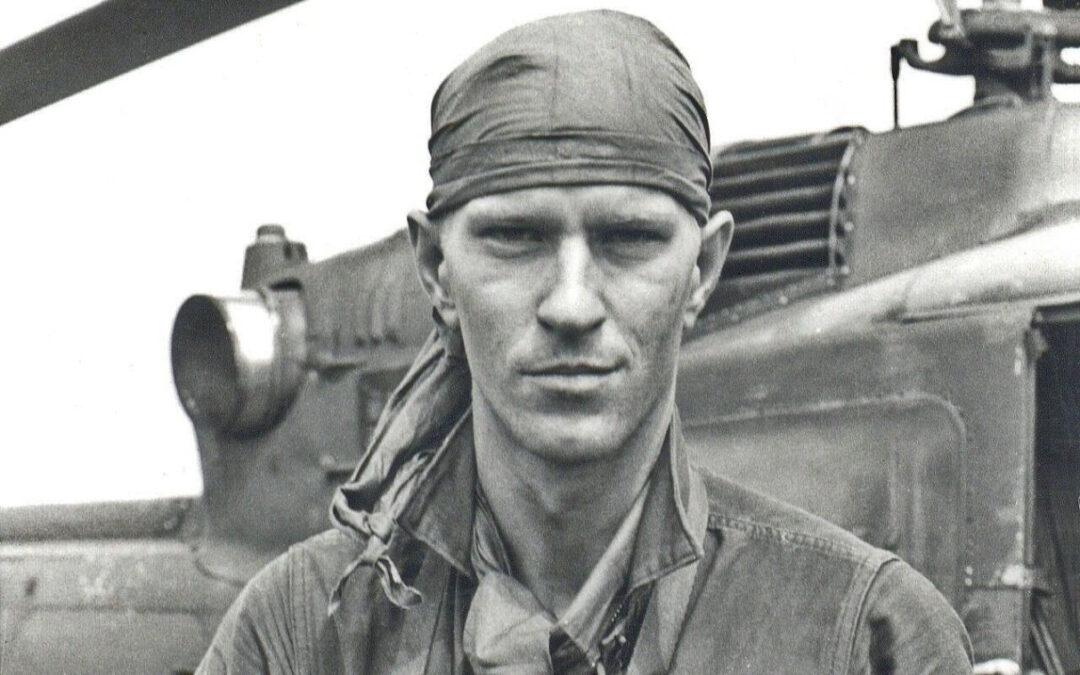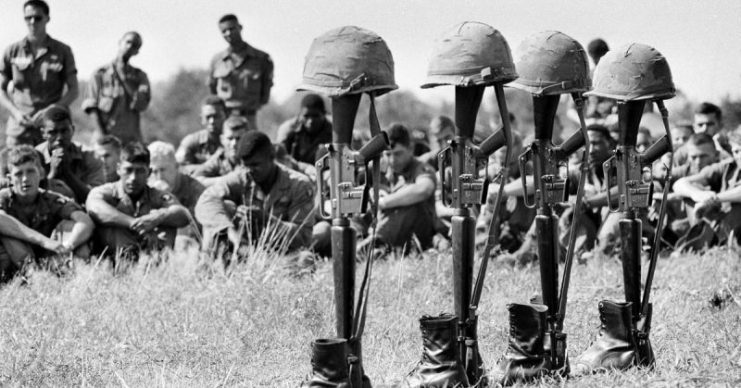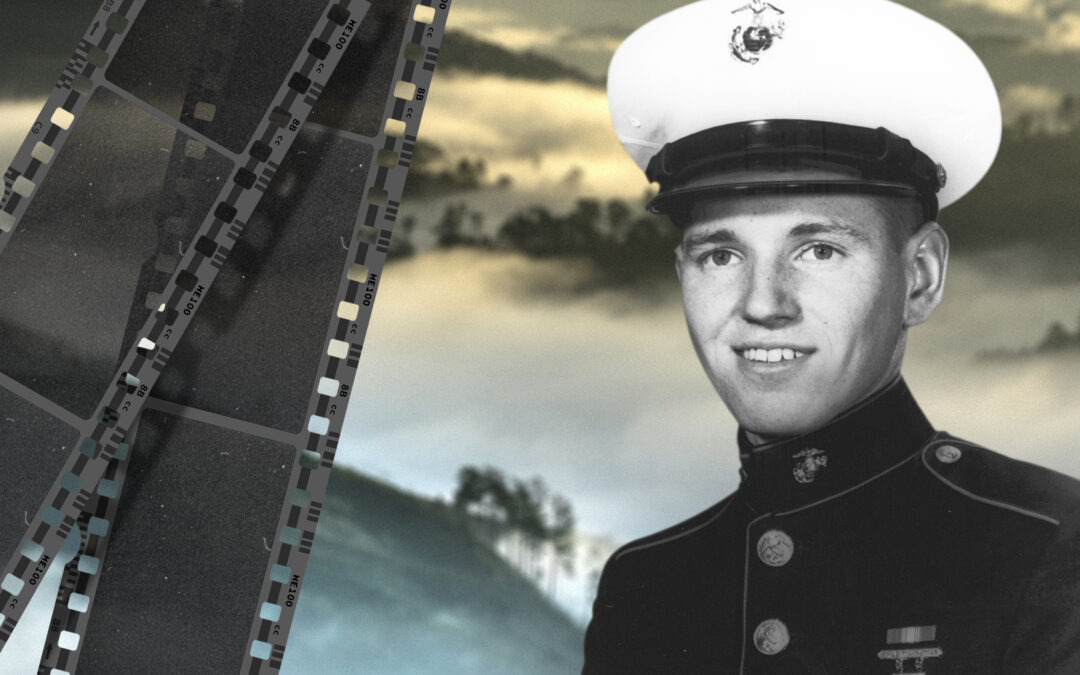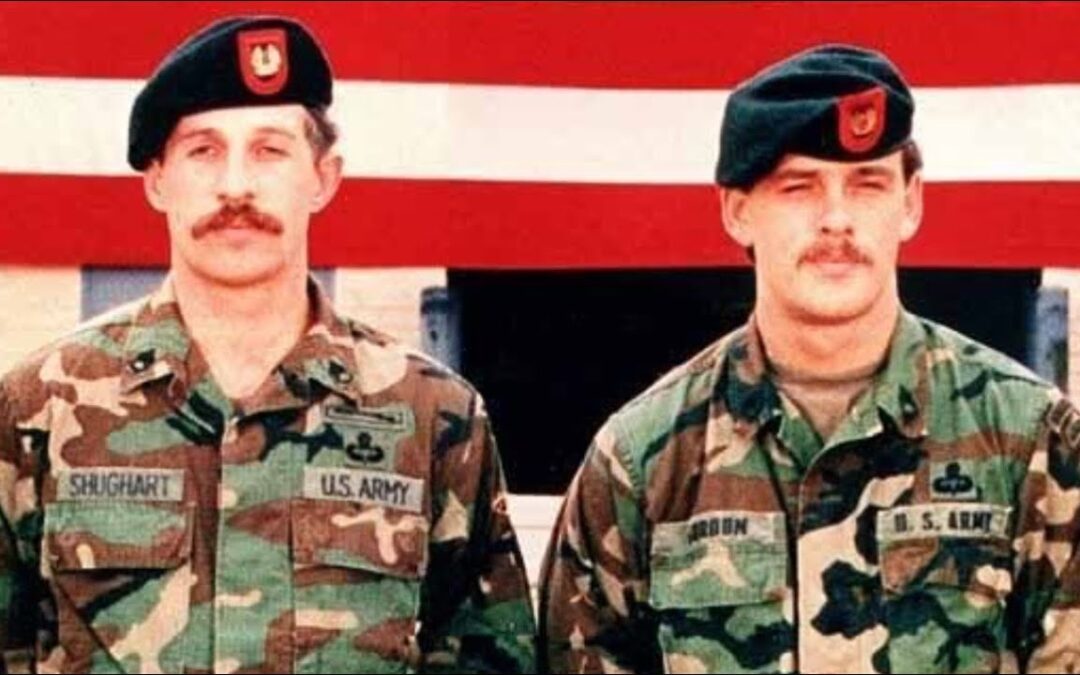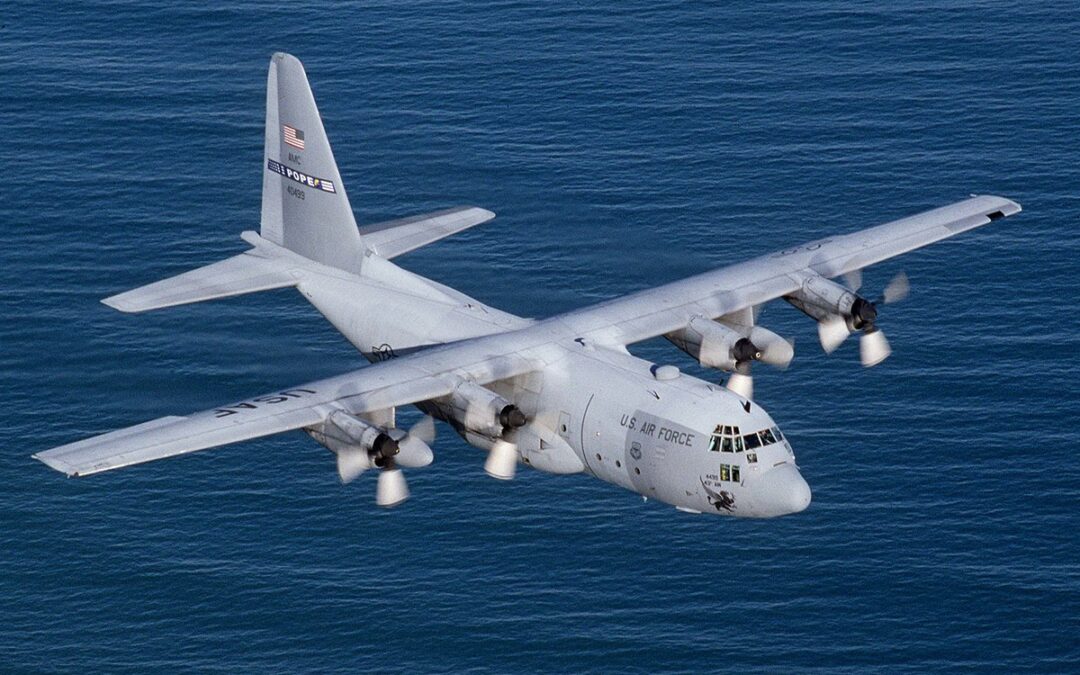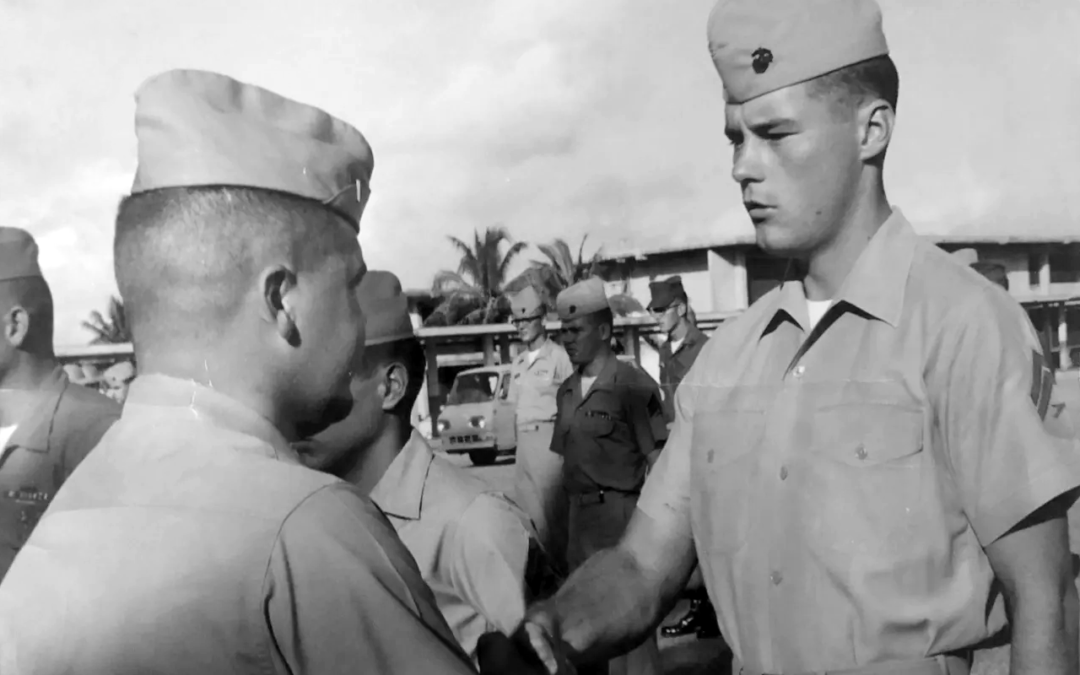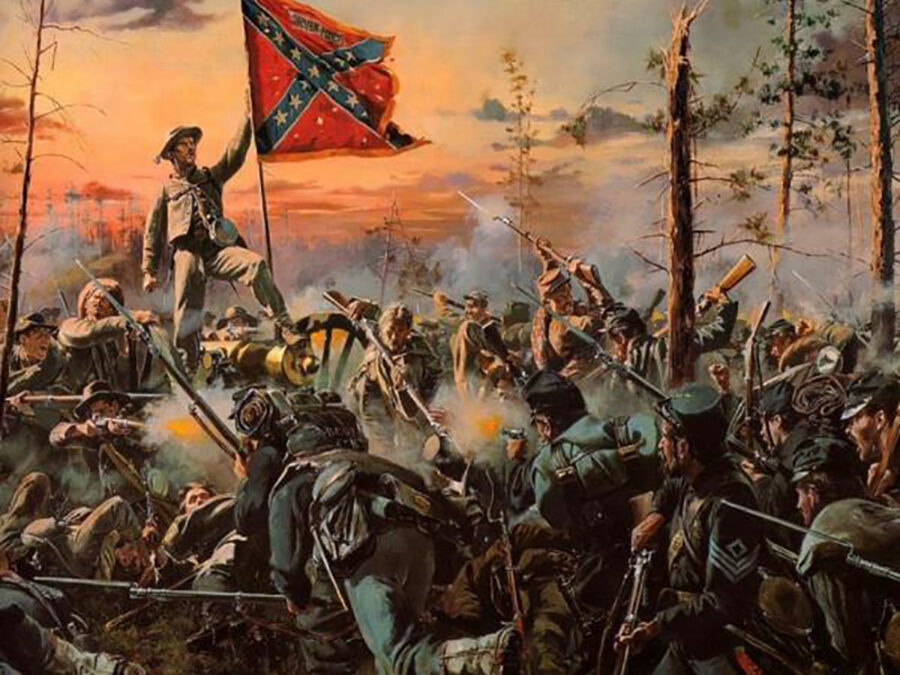Although Japan was one of the Axis Powers during WWII, one Japanese diplomat did his best to mitigate the horrors of his country's ally, Nazi Germany. Before the war ended, he saved thousands of Jews from concentration camps but ended up selling lightbulbs in order to survive. Chiune Sugihara Helped Jews Escape Lithuania Chiune Sugihara was first assigned to Harbin, China in the early 1930s as Japan's Deputy Foreign Minister where he learned German and Russian. Despite a promising career, he resigned his post in protest over how his country treated the Chinese. Due to his experience and linguistic abilities, however, he was reassigned in 1939 to Kaunas, Lithuania as vice-consul; though his real job was to report on German and Soviet movements. Japan never trusted either country, which is why Sugihara also maintained ties with Polish Intelligence. After the Soviet invasion of Lithuania on June 15, 1940, the Japanese consulate began dismantling itself since they already had an embassy...

